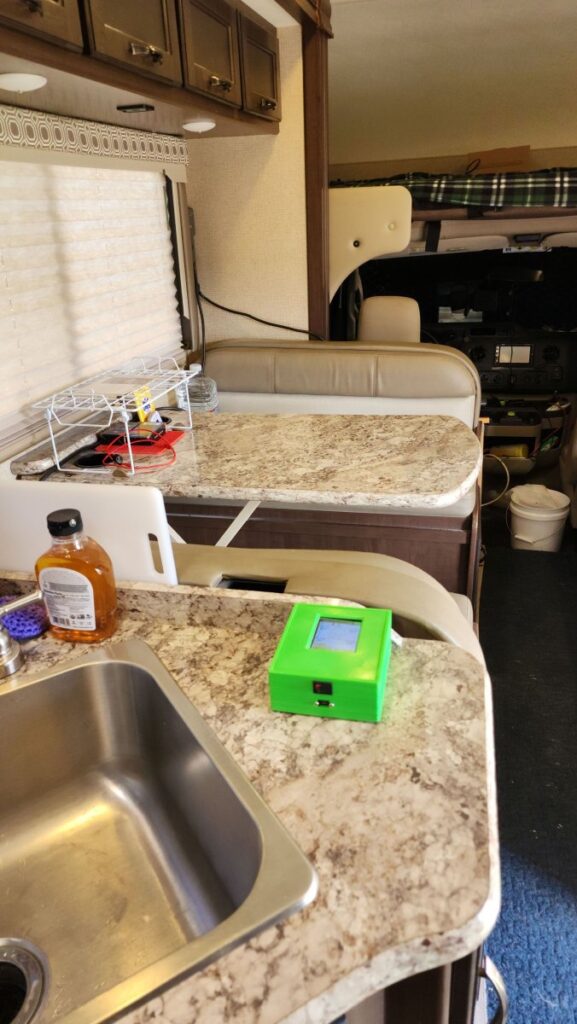Tom Granger picked up a couple of FX-300s in a state where they weren’t actually doing as much as turning on, which was the starting point for an incredible modernization.

Sony’s 1978 FX-300 Jackal was somewhat of a technological marvel: AM/FM radio, cassette player/recorder, and mini CRT TV, all in one unit! But as the practicality of each of these features dwindles in the modern era, you end up with a rad-looking box that doesn’t actually do much.

Starting with a Teensy 4.0 and Audio Adaptor Board, Tom restored much of the original functionality, including details like the original buttons and VU meter. A 3.2″ ILI9341 TFT LCD replaces the original CRT, and an RDA5807M restores FM radio capabilities. A PAM8403 3W class-D audio amplifier brings the noise, and a HiLetgo M18 adds Bluetooth audio. Relive the journey in Tom’s original thread.



















